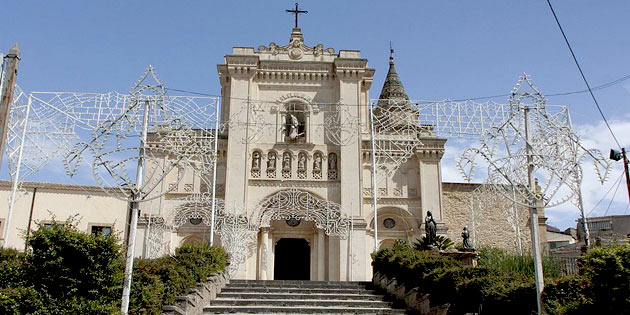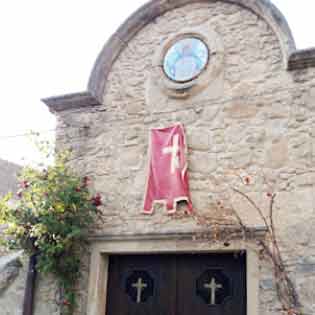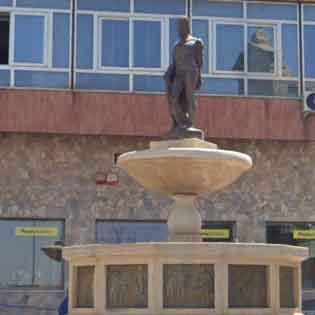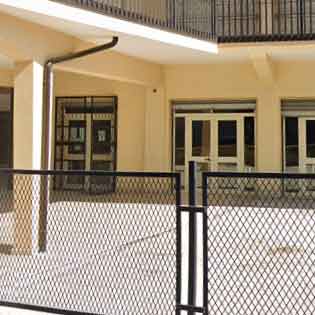Royal Church Abbey of San Filippo d'Agira
The Church of the Abbey of San Filippo stands on the remains of that of the ancient Greek monastery founded, according to the Basilian rule, outside the town at the foot of Mount Agira between the 7th and 8th centuries and dedicated to Philip the saint of eastern and Byzantine culture.
The monastery played an important role in Sicily, because it was a place of religious formation for the so-called holy monks and, for this reason, the destination of numerous ecclesiastics. Roger I, in the twelfth century, had it rebuilt and entrusted it to the Benedictine monks. In 1126 it had already been connected to the abbey of Santa Maria Latina, the oldest oriental rite foundation in Jerusalem. During the fifteenth century, following the drying up of Saladin's campaigns, the commendatory abbots of the abbey of Jerusalem moved largely to Agira, which became their permanent home until 1635, when they retired to the monastery of San Nicolò. in Catania. Between the end of the eighth century and the beginning of the nineteenth century, Msgr. G. Gravina oversaw the rebuilding of the church in its present form. Few elements remain of the pre-eighteenth-century architecture.
The façade of the church collapsed in 1911 following a storm. The current façade is the work of the architect G. Greco, who built it between 1916 and 1928. The large central niche with the group of San Filippo defeating the devil overlooks six niches with the statues of the protectors of the other six parishes of Take action. Santa Maria Latina is depicted in the medallion above the main door, while San Filippo deacon and San Eusebio are depicted above the other two doors.
The interior with three naves is divided by columns covered in red marble. The central nave is surmounted by a barrel vault. From the left aisle a staircase leads to the catheva, the place where the tomb of San Filippo is. This cave was originally the place where Philip went with his disciples to celebrate mass among the ruins of the temple of Geryon. In the Arab period, for fear of losing the saint's relics, the catheva was walled up and found in the 16th century.
In the left aisle you can see the three panels of a 15th century polyptych depicting the Madonna with child, St. Benedict and San Calogero. Ways of late Byzantine derivation are associated with Gothic elements linked to Catalan culture and oriental motifs derived in Sicily from the influence of Arab craftsmen.
Among the works kept in the church, noteworthy are: the marble sculpture of the 16th century, representing San Filippo lying; the silver ark that contains the relics of St. Philip and the statue, also in silver, of the saint. Both are works of the seventeenth century, therefore made immediately after the discovery of the saint's tomb.
The historical archive contains four hundred and twenty-nine parchments of great value and prestige, ranging from the eleventh century to the sixteenth century.



